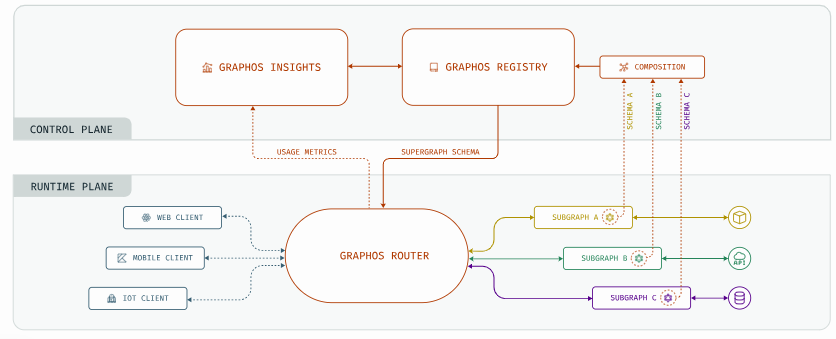Introduction
In the dynamic world of web development, GraphQL has emerged as a powerful tool for efficiently managing data and enhancing the communication between clients and servers. This advanced technology allows developers to define response structures, leading to quicker data access and diminished network requests, particularly for intricate applications with interlinked resources. This blog post aims to provide a comprehensive guide to GraphQL, exploring its fundamental concepts, advantages, and practical applications.

Understanding GraphQL
Introduced by Facebook in 2012 and subsequently open-sourced in 2015, GraphQL serves as both a query language and a runtime for APIs (Application Programming Interfaces). Unlike conventional RESTful APIs, GraphQL permits clients to precisely request the required data, reducing instances of over-fetching and under-fetching. This adaptability in data retrieval renders GraphQL a compelling option for contemporary web applications
Key Concepts
- Schema: GraphQL revolves around a strongly typed schema that defines the data structure that can be queried. This schema serves as a contract between the client and the server, ensuring a clear understanding of the available data and its types.
- Queries: Customers submit queries to request particular data from the server. These queries mirror the structure of the desired data, enabling clients to fetch nested information in a unified request.
- Mutations: While queries are used for fetching data, mutations are employed for modifying or updating data on the server. This includes actions such as creating, updating, or deleting records.
- Subscriptions: GraphQL supports real-time communication through subscriptions. Clients can subscribe to specific events, and the server updates the subscribed clients when relevant changes occur.
Advantages of GraphQL
- Efficient Data Retrieval: GraphQL empowers clients to specifically request the data they require, thereby avoiding redundant data transmission and enhancing overall system performance
- Single Endpoint: Unlike REST APIs that often require multiple endpoints for different resources, GraphQL typically exposes a single endpoint, simplifying API management.
- Versioning and Evolution: GraphQL facilitates backwards-compatible changes and versioning without creating new endpoints. This flexibility allows for a smooth transition and evolution of APIs over time.
- Strong Typing: The schema in GraphQL enforces strong typing, providing a clear contract and reducing the likelihood of runtime errors.
Implementing GraphQL
- Server-Side Implementation: Popular server-side implementations include Apollo Server, Express GraphQL, and GraphQL Yoga. These frameworks make it easier to set up a GraphQL server and handle queries and mutations efficiently.
- Client-Side Integration: Libraries like Apollo Client and Relay are commonly used for integrating GraphQL into client applications. They offer tools for managing state, caching, and handling data fetching seamlessly.
Real-World Applications
- Social Media Platforms: Many social media platforms use GraphQL to efficiently fetch and update user-related data, optimizing the user experience.
- E-commerce: GraphQL is well-suited for e-commerce applications where dynamic data retrieval and real-time updates are crucial for providing a seamless shopping experience.
- Collaborative Tools: Collaboration tools and project management platforms leverage GraphQL for real-time updates, ensuring all team members have the latest information.
Conclusion
GraphQL has undeniably revolutionized how developers design and consume APIs, offering a more efficient and flexible alternative to traditional RESTful approaches. As the adoption of GraphQL continues to grow, developers can harness its power to build scalable, performant, and responsive applications across various domains. Whether you’re a seasoned developer or just starting with web development, exploring GraphQL can open new possibilities and enhance your approach to building modern, data-driven applications.





